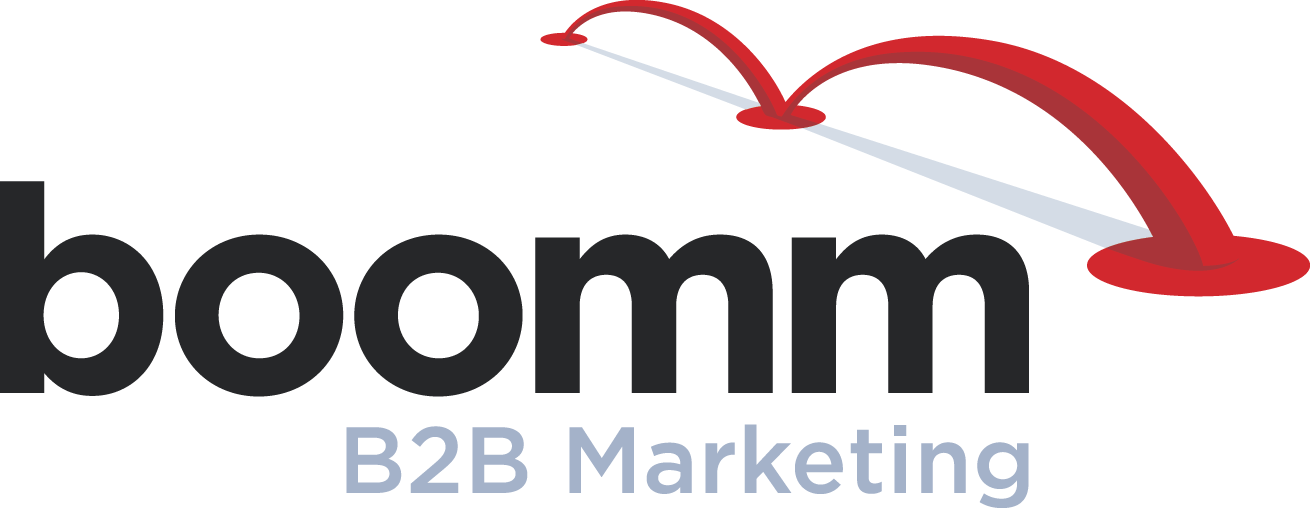4 CTA Best Practices for Increasing Conversion
Calls-to-action, or CTAs, are an essential part of every website—they draw in new customers, create conversions, and generate leads. But when you have a low click rate, failed conversions, or no new contacts, it feels like CTAs aren’t living up to their promise. If your CTAs are going unclicked, you may need to change your approach to make them more compelling. Here are four CTA best practices to ensure your CTAs do their jobs:
- Make sure the CTA is fully functional. As simple as it sounds, some CTAs may not be generating leads because of an error in setup or function. Double-check that your CTAs link to the correct page, that the link isn’t broken, and that there aren’t excessive
 redirects or 404 errors. If your CTA involves filling out a form, check that the form works—don’t let customer information get lost because clicking “Submit” doesn’t result in an actual form submission. Make your CTAs viewable in mobile and part of your responsive design, since many customers will view your site on their phones or tablets. And, of course, make sure your customers can click on the CTA, and that it’s not just an image. A non-functioning CTA is worse than no CTA at all.
redirects or 404 errors. If your CTA involves filling out a form, check that the form works—don’t let customer information get lost because clicking “Submit” doesn’t result in an actual form submission. Make your CTAs viewable in mobile and part of your responsive design, since many customers will view your site on their phones or tablets. And, of course, make sure your customers can click on the CTA, and that it’s not just an image. A non-functioning CTA is worse than no CTA at all. - Design your CTAs well. A readers’ eye is drawn to inviting visuals, and good design plays an important role in getting visitors to your site to click on CTAs. Use vibrant, eye-catching colors that don’t clash, clear and bold fonts, and strong images. Make your CTA look clickable—a button or arrow design should make it clear that this is something to click, not just to look at—and make it attention-grabbing to ensure those clicks happen.
- Use compelling copy. Of course, good design isn’t the only way to entice a visitor to take action. It goes hand-in-hand with good copy. Customers click on CTAs because they want to take advantage of a good offer or learn more about a topic they’re interested in. So in your CTA copy, ask a question that your customers will want answered or make a compelling promise that your content will fulfill. Keep the text concise and to the point, to hold readers’ attention. Use active words like “now,” “join,” and “start” to make it clear what the next step is (and avoid overusing words like “submit” or “download,” which are clunky and inactive). And if it’s appropriate, throw in everyone’s favorite word: “free.” Good CTA copy is like good ad copy—the thing you’re “selling” is clicking through and experiencing the content or taking advantage of the offer.
- Put it in the right place. Where you put your CTA on the page is just as strategic as what you put in your CTA. Give it a place of prominence so it’s visible and readers will come across it naturally, rather than having to search for it. Think about how a visitor scans a webpage and the direction his eyes travel as he moves down the page when it comes to placement. And consider the context of the rest of the content as well. A CTA that offers an ebook on web design doesn’t make a lot of sense at the bottom of a blog post on SEO. Making the CTA relevant to the rest of the page will lead to more clicks and conversions.
These four CTA best practices may seem simple, but they can have a big effect on your lead generation efforts. Make sure that this key part of your website is optimized, and you may find that you’re reaching more customers than you expected.



